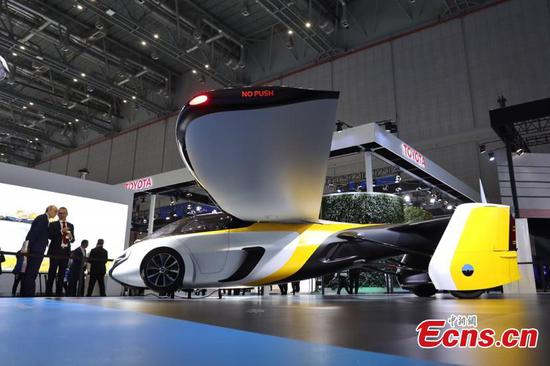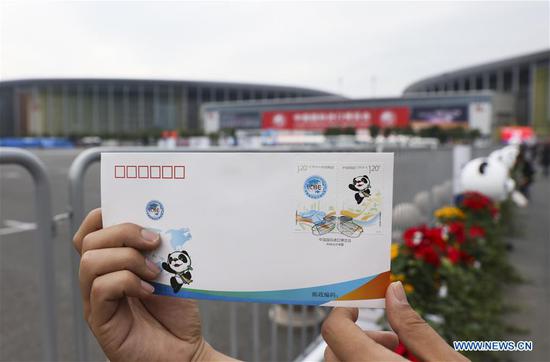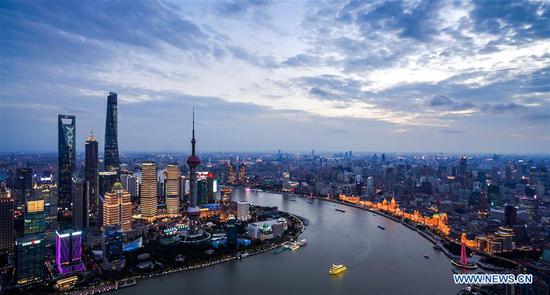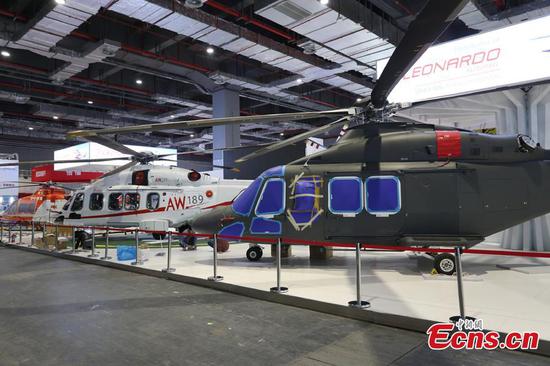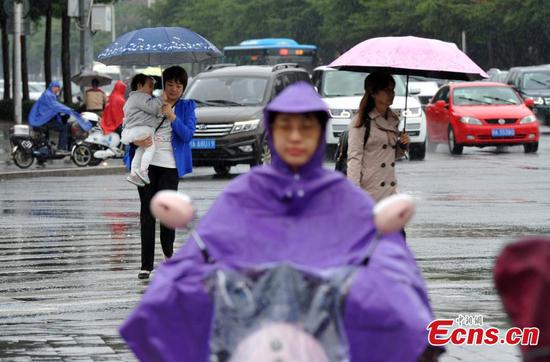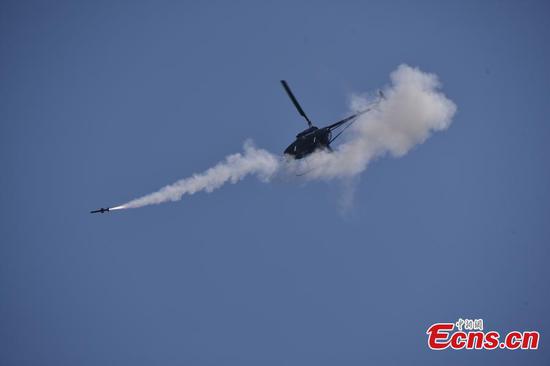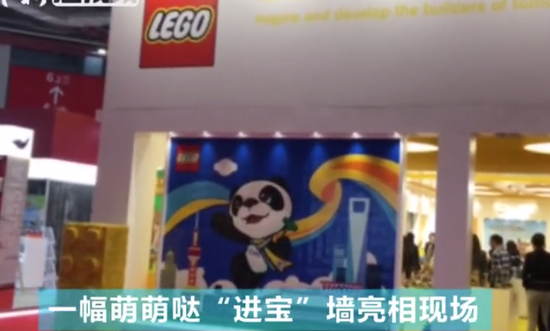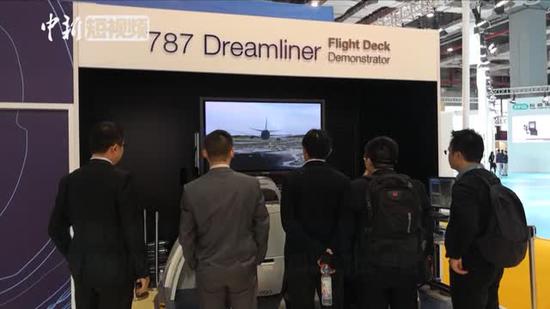The bus plunge accident last week in southwest China's Chongqing Municipality, which has left 15 people killed, has been a trending topic on Chinese social media last week.
It was revealed that the accident was caused by a passenger attacking the bus driver, who reacted by fighting back. To avoid similar incidents from happening again, the Public Transportation Group of eastern Nanjing City introduced a security partition on Saturday to protect bus drivers against any passenger abuse while driving.
Nanjing will arrange around 8,000 buses in the city to be equipped with partition doors, according to People's Daily's Weibo site.
Although the Chongqing bus crash occurred on October 28, people were still shocked after the authorities released security footage after recovering the vehicle's black box. In the footage, a female passenger was seen to ask the bus driver to let her off after she missed the stop. She started attacking the driver with her mobile phone after the driver refused to stop. The driver later reacted fighting back at the passenger, and, as a result, lost control of the bus and the vehicle plunged off a bridge into the Yangtze River, with all on board.
In addition, Nanjing authorities also set an award for bus drivers who remain calm, does not get angry or react over any passenger abuse. Such drivers would be rewarded, with cash. Some other places such as eastern Anhui Province have followed suit.
Nanjing's new safety measures have sparked thousands of netizens' comments. Some agreed with the use of the partition door, while others think it dangerous as the driver could be under mental stress while driving inside.
Fewer people support the idea of the so-called “grievance award.” Many criticized that it's unfair for the drivers not to defend themselves when facing abuse.
“Bus drivers are also people, people who work in the service industry, not in the maltreatment industry!” wrote one netizen.
“The bus company should record the troublemakers and blacklist them. We should established a system like the one used on high-speed railway or airlines where passengers need to swipe their public transport cards or ID cards as a way to identify themselves, so as to guarantee safety,” suggested another.










